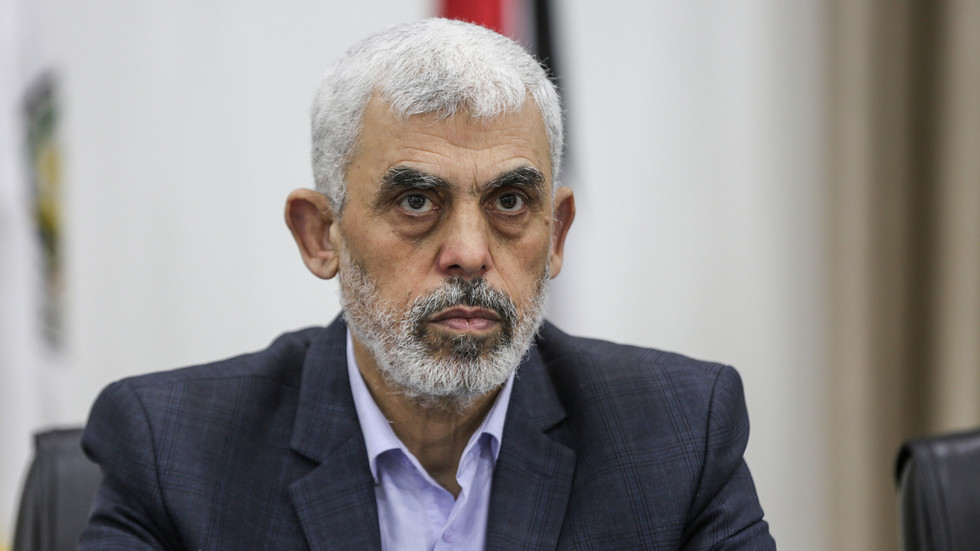On Thursday, the Israel Defense Forces (IDF) announced that they are investigating the possibility of having killed Yahya Sinwar, the leader of Hamas, during a military operation in Gaza. In this skirmish, the IDF reported the deaths of three militants, though they cautioned that the identities of those killed have not been definitively confirmed. Yahya Sinwar has played a crucial role in Hamas since becoming the group’s leader in 2017 and later assuming full leadership of its political bureau in August. Sinwar is often recognized alongside Mohammed Deif, the military chief of Hamas, as a key figure behind the unexpected assault on southern Israel on October 7, 2023, which sparked the ongoing conflict. Israel previously claimed to have killed Deif in airstrikes this year, although Hamas denied these assertions.
Graphic, unverified images circulating online allegedly depicting Sinwar’s body have raised further questions. The images purportedly show him partially buried under debris with multiple blast injuries and a gunshot wound to the head. As part of the investigation, the IDF sent the body to a laboratory for DNA testing to confirm its identity. Despite the potential ramifications of his death, the IDF emphasized the need for caution before drawing conclusions about Sinwar’s fate, reiterating that the verification process is ongoing.
The conflict has escalated significantly since Israel declared war on Hamas following a surprise attack that resulted in approximately 1,100 casualties and about 250 kidnappings in southern Israel. In retaliation, the IDF has conducted extensive military operations, including heavy artillery and aerial bombardments, all of which have turned large areas of Gaza into rubble and caused heavy civilian casualties. According to local health authorities, around 42,000 people, predominantly women and children, have reportedly died in Gaza amid the ongoing hostilities, highlighting the conflict’s humanitarian crisis.
The potential death of Yahya Sinwar would mark a significant turning point in the ongoing conflict between Hamas and Israel. As a leading figure, his removal could impact Hamas’s operational capabilities and political landscape. Analysts suggest that if Sinwar is indeed dead, it could cause a leadership crisis within the militant group, potentially altering its strategies and response to Israeli military pressure. However, the confirmation remains uncertain, and the situation remains fraught with the possibility that other leaders might step into administrative roles.
This tumultuous chapter in the Israel-Palestine conflict illustrates both the strategic complexities and the human toll of warfare. The ongoing violence and devastation in Gaza emphasize the dire need for a peaceful resolution to the hostilities, as the civilian population continues to suffer disproportionately from the military exchanges. The IDF’s operations in Gaza, framed as necessary responses to terrorism, have drawn varying international reactions, and humanitarian organizations have called attention to the urgent need for aid access amidst the destruction and loss of life.
In summary, while the IDF investigates the possibility of having killed Yahya Sinwar, the ramifications of his potential death bear significant weight in the continuing conflict. The situation remains fluid, complicated by the heavy toll on civilians and the pressing need for a diplomatic solution that addresses the long-standing struggles between Hamas and Israel. As the situation unfolds, both military and humanitarian considerations remain crucial in understanding the broader implications for peace and stability in the region.

